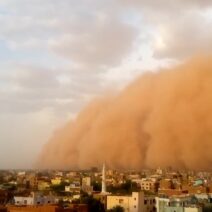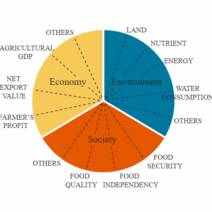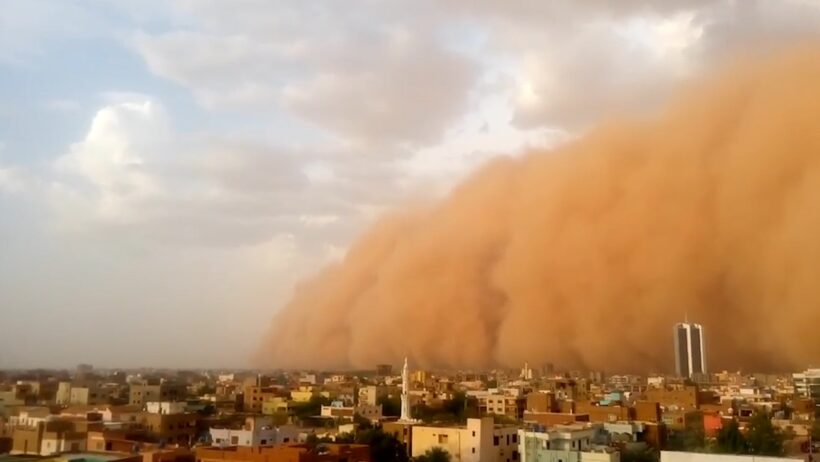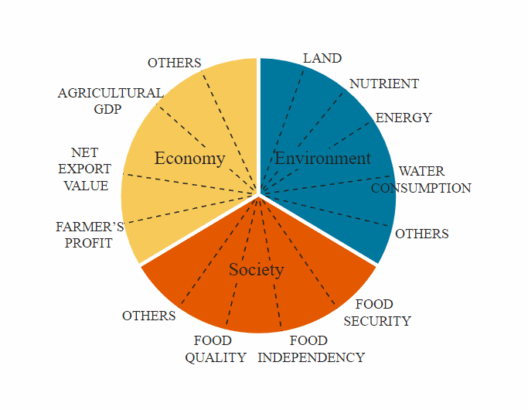As the earth’s climate continues its inexorable transformation, one might wonder: Are we unwittingly signing up for a climatic amusement park ride filled with unexpected twists and turns? With the alarming trends of more rain, more snow, and more storms, we find ourselves at the mercy of a warming world that exhibits increasingly bizarre weather phenomena. This article delves into the intricacies of these changes, highlighting their implications and the growing challenges that arise as a result.
Firstly, let’s dissect the phenomenon of increasing precipitation. Scientists have observed that warmer air can hold significantly more moisture—approximately 7% more for every 1°C increase in temperature. This simple principle elucidates why regions are experiencing torrential downpours, resulting in flooding events that were once deemed rare. The Hydrological Cycle, in a sense, has been forced to fast-forward. This intensified cycle means that while some areas are drenched, others suffer from droughts, showcasing a cruel dichotomy in weather patterns. The term “weather whiplash” aptly describes this oscillation between extremes as communities grapple with the uncertainty of climate impacts.
Notably, these fluctuations are not limited to rain alone. Record-breaking snowfall has been reported across various continents, challenging seasonal norms. Areas that traditionally experienced mild winters now face historic snowfalls. This occurrence can be attributed to warmer air masses interacting with cold fronts, creating conditions ripe for significant snow events. It raises a striking question: What will our winters look like in ten or twenty years? The implications of prolonged snow cover can be manifold. For one, while winter sports enthusiasts may welcome the snow, ecosystems and urban infrastructure might not share the same enthusiasm.
Furthermore, with the increase in storms, we witness a rise in the ferocity of hurricanes, cyclones, and tornadoes. The correlation between warmer oceans and the intensity of these storms is well established; warmer water serves as an energy source, fueling storms. The increasing frequency and severity of such weather events can devastate communities, obliterating homes and livelihoods. The economic toll is staggering, with recovery efforts often taking years, if not decades. But beyond the financial implications lies a pressing ethical question—how do we ensure equity in recovery efforts, ensuring that the most vulnerable populations are not left behind?
As we explore the multifaceted impacts of bizarre weather, it is essential to highlight the interplay between climate change and social justice. Disasters disproportionately affect marginalized communities who are less equipped to absorb the shocks of extreme weather. The intersection between rising temperatures and socio-economic dynamics means that we must advocate for resilient systems that protect the most vulnerable. In doing so, we can create frameworks that not only protect against the immediate aftermath of storms but also address the systemic issues that lead to inequities in disaster response.
Yet, amidst these challenges, there remains a glimmer of innovation. The scientific community is rushing to devise adaptive technologies and solutions to mitigate the impact of unpredictable weather. From enhanced weather forecasting systems to sustainable urban planning that incorporates green infrastructure, the pathway to resilience is becoming clearer. Investing in these innovations is crucial—not merely for the sake of convenience but as a profound ethical obligation to safeguard the planet for future generations.
Additionally, the role of education cannot be overstated. We must arm individuals and communities with knowledge about evolving weather patterns and preparedness strategies. Empowering people to understand how to respond to flooding, snowstorms, and extreme heat can enhance community resilience. It fosters a proactive culture rather than a reactive one. Schools, nonprofit organizations, and local governments must collaborate to create programs that elevate awareness and practical readiness.
The perplexing reality of “more rain, more snow, more storms” serves as a clarion call for collective action. Individuals can and must play a significant role in combatting climate change. Simple steps, such as reducing carbon footprints, advocating for sustainable policies, and holding corporations accountable, can collectively catalyze vast changes. Each action, no matter how small, contributes to a larger movement toward environmental stewardship.
With the aforementioned challenges in mind, it’s essential to consider the broader implications of these shifting weather patterns on natural ecosystems. Biodiversity faces a palpable threat as species struggle to adapt to rapid climate fluctuations. Altered precipitation patterns can disrupt habitats, leading to declines in populations and increased extinction risks. The impending loss of biodiversity is not merely a loss of beauty but threatens the very fabric of ecological balance, on which humanity ultimately relies for sustenance and health. How will future generations perceive the delicate web of life if we continue on this path?
In conclusion, the warming world presents a spectrum of significant challenges encapsulated in the increasingly bizarre weather patterns we now witness. With more rain, snow, and storms, society must grapple with the immediate impacts while striving for long-term solutions. Embracing innovation, fostering education, advocating for justice, and taking individual action are imperative. As we embark on this journey, one thing is clear: the responsibility to mitigate climate change rests not only on policymakers but on each and every one of us. Let us not merely observe; let us act decisively to create a resilient future.






